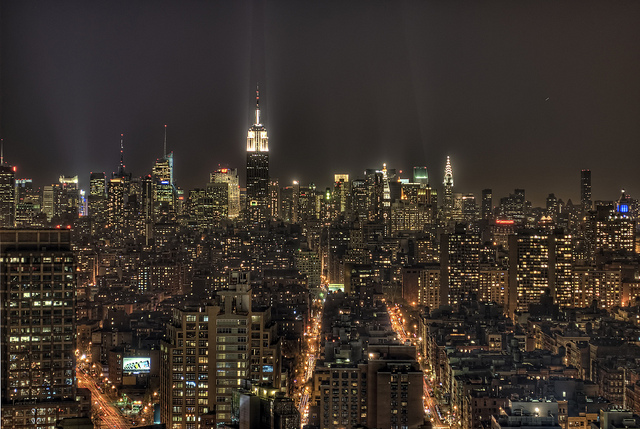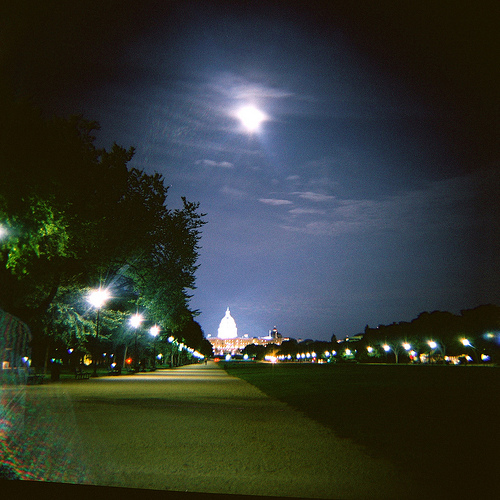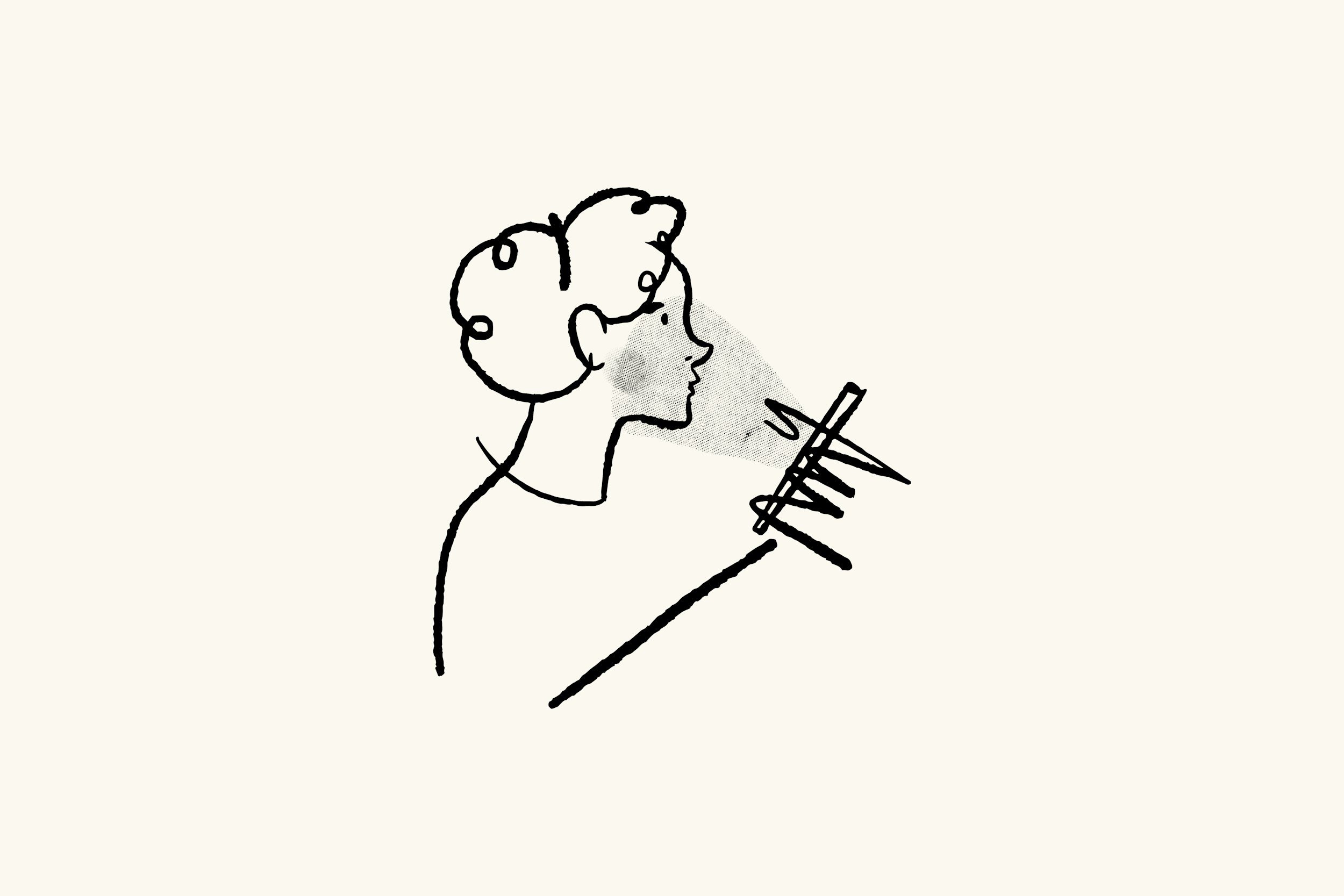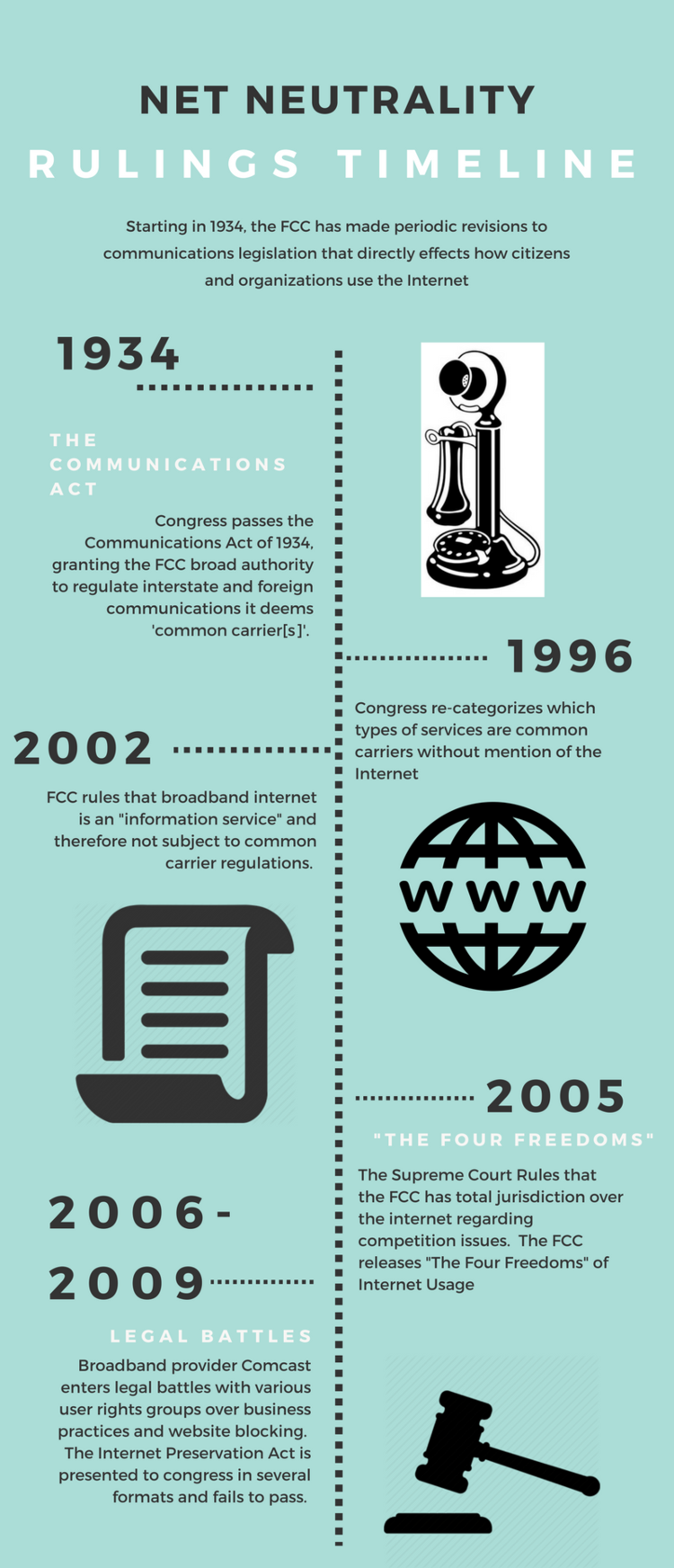In the early 2000s, the state of science, technology, engineering, and math education troubled policy makers in the United States. Together, these four subjects became known as STEM. In more recent years there has been a shift to add arts into this focus, making the acronym now STEAM (science, technology, engineering, arts, math). However, there isn’t a clear outline or framework of what exactly a STEAM education is, or how schools and classrooms are supposed to be implementing this learning. Even among the academic articles about STEAM, there is disagreement about STEAM, its definition and implementation.
Peer-to-Peer Fundraising: Building Advocacy through Development
There are numerous causes to support in today’s political climate. While topics like gun control and the environment dominate news feeds and airtime, advocating for the arts is just as necessary, particularly in a world where importance of the arts is often overlooked. Peer-to-peer fundraising is a way for arts organizations to both build advocacy and raise money.
What’s Happening in Congress? Stay Informed with Countable!
How to Create Consistent & Meaningful Advocacy Efforts
Digital Storytelling: Maximizing Advocacy's Impact
How are the arts doing in the US and what can YOU do?
NEA Grants for Pennsylvania 2000-2017
Net Neutrality Policy Impacts On The Arts + Infographic
Interactive Map: Who Received NEA Grants In 2016?
Data + Tech for Arts Advocacy
Art Meets Technology in New York City
 For many of us in the arts community, especially in cities that feature a wide variety of art opportunities to explore, we are often tasked with a dilemma: what is the best way to find not only events that are close to me, but also events that my friends and I will enjoy the most?
As is often the case, this is where technology comes in. The New York Times reported yesterday on a group of young arts professionals in New York City who are using social media to not only find those very events that are the most appealing to them, but also to organize like-minded individuals to join them at the newest buzz-worthy art gallery opening or museum exhibit. The tools and tactics these arts professionals are using can serve as an excellent model for artists and art lovers in any city where the arts are appreciated.
For many of us in the arts community, especially in cities that feature a wide variety of art opportunities to explore, we are often tasked with a dilemma: what is the best way to find not only events that are close to me, but also events that my friends and I will enjoy the most?
As is often the case, this is where technology comes in. The New York Times reported yesterday on a group of young arts professionals in New York City who are using social media to not only find those very events that are the most appealing to them, but also to organize like-minded individuals to join them at the newest buzz-worthy art gallery opening or museum exhibit. The tools and tactics these arts professionals are using can serve as an excellent model for artists and art lovers in any city where the arts are appreciated.
For those who are looking for more targeted art opportunities, there are a number of social media outlets where you can discover more information. The first is Meetup.com, a website where millions of people have created and found scheduled events in their communities. A good section of the site to bookmark is museums.meetup.com, where you will find dozens of groups and thousands of members all across the country who meet regularly and advertise upcoming arts events. For example, here in Pittsburgh one of the many great arts groups is the Pittsburgh Cultural Arts Group, home to 550 members who organize regular arts-related events and shows.
Organizing events and participating in MeetUp activities is not only a great way to find out about upcoming shows; it also serves as a place to meet fellow arts lovers and make contacts in the arts community. Especially for those young people who are either in school or new to a particular city, MeetUp can serve as a conduit to meeting others who share their unique interests. Instead of attending that upcoming exhibit you were looking forward to alone, you know have the opportunity to share the experience with people who share your passion and interests.
So meeting and befriending fellow arts lovers is the first step. Once you have found a group of people committed to discovering the latest and hottest events, what’s next? Instead of using more general platforms like Facebook or even text messages, the young professionals profiled in the NYT piece and many others have used Twitter to share news and events not only with their friends, but with the entire world as well. They use the hashtag #artstech to promote events, share tips and/or links to more information. The great thing about this technology is that it is completely open to everyone: searching for #artstech on Twitter will show you all recent postings by anyone who tweets using that hashtag, whether you follow them on Twitter or not.
The hashtag is one of the most important tools Twitter offers, and you can tailor it to your group’s interests. Are you involved with a small group of museum lovers in Cleveland? Start using the hashtag #ClevelandMuseumLovers when tweeting about local museum events, and as more and more people view the tweet and re-tweet, the more ubiquitous it will become, especially if you have a large Twitter following (for example, one of the hashtags we use here at Technology in the Arts on our Twitter page is #TechArtsReads to share interesting stories about the intersection of arts and technology with our thousands of followers).
But perhaps the best part about using technology and social media to discover new and exciting arts opportunities and events is the ability to use these tools to facilitate and improve the offline relationships that are so important to us. Social media is merely the first important step: meeting new people and developing new contacts is integral to our personal and professional lives, and is bound to open up exciting new opportunities that may not have been available before.
With many museums, arts organizations and galleries using social media to reach out to art lovers, there has never been a better time to use some of these technology tools to better organize and share the exciting new events and opportunities in your area.
What tools do you use to learn about art events in your community, and how do you share this information with fellow arts lovers?
(Photo: CC by Emilio Santacoloma)
Celebrating National Arts and Humanities Month
Protecting Federal Funding for the Arts
In Washington, an era of budget austerity and renewed calls for less government spending have led to increased fears that the arts, long protected from budget cuts, will see its federal funding further decreased for the coming fiscal year.

While Congress has passed several temporary budget measures this year, the most recent continuing resolution ends on November 18th, when the government is set to run out of money. Under the terms of the recent debt-ceiling deal reached by both parties, Congress has committed to cutting $21 billion in spending from the Fiscal Year 2012 budget, and it is widely expected that the bulk of these cuts will come from what’s referred to as “non-defense discretionary spending,” which includes areas such as education, infrastructure, and most pertinent to our community, the arts.
The arts community went through a similar struggle last year, when the National Endowment for the Arts saw its Fiscal Year 2011 funding reduced to $155 million, a $13 million reduction from the year before. For the upcoming fiscal year, the numbers look even worse: a bill passed by the House of Representatives in July would further cut FY2012 NEA funding to $135 million, which would represent a 13 percent decrease and the deepest cut to the agency in 16 years.
Despite the FY2012 budget being due next month, there is still a long way to go. President Obama has requested in his FY2012 budget proposal that the NEA be funded at $146 million, which represents a cut from the FY2011 figures, but is less severe than the House version that was passed in July.
With Congress returning to session this week, it’s important for us in the arts community to use technology to reach out to our members of Congress and ask them to support funding for the arts. There are a number of easy ways you can do this:
- First, contact your member of Congress, either by letter, e-mail or by phone. The easiest way to do this is through the Americans for the Arts website, where you can send a personalized letter to your Congressman and U.S. Senators that includes several talking points about the impact that arts funding has on our communities and nation as a whole.
- Second, join the Arts Action Fund, which is at the forefront of advocating and lobbying for increased funding for arts programs and education. It’s free, and is an invaluable resource providing updates on the efforts in Congress and around the country.
- Third, share the news with a friend on Facebook, Twitter or Google+. One way to do this is by following the Arts Action Fund’s Arts Vote 2012 campaign, dedicated to including arts and arts education issues in the 2012 political campaign. Search for #artsvote on Twitter for recent updates.
This isn’t the first time you’ve heard from Technology in the Arts about lobbying Congress to protect arts funding, and given the current political climate, it certainly won’t be the last. This is not a partisan issue, but is instead an issue that unites all of us who are passionate about the arts community and protecting funding for the next generation of artists and performers.
While the long-term budget deficit is something that we can all agree needs to be dealt with, doing so on the backs of such groups as the National Endowment for the Arts and the National Endowment for the Humanities will only serve to further decimate arts education programs at the state and local levels that have already endured painful budget cuts in recent years.
In the newfound era of budget austerity in Washington, any assumptions we had about federal arts funding being kept at past levels are gone. In order to protect the future of arts funding, the fight starts now.
(Photo: CC by kevin dooley)
Tweet the Arts on National Arts Advocacy Day
Next Tuesday, April 13th, is National Arts Advocacy Day, when more than 500 arts advocates will be talking to their government officials in Washington, D.C. about the power of the arts and the need for arts education and arts funding. Whether or not you can make it to DC on April 13, please take the time to create a tweet featuring the hashtag #arts on your Twitter accounts and tell you friends to do the same. If we get enough tweets with #arts we’ll push “arts” into Twitter trending topics for the day.
More information can be found at http://www.tweetartsday.org
Why Net Neutrality is an Arts Advocacy Issue
I teach a course on “Cultural Policy and Advocacy in the US” each spring for CMU’s Master of Arts Management program. As I begin prepping for the upcoming spring semester, I find it intriguing that the issue of “net neutrality” has not gained much buzz within the arts advocacy community. So let’s take a look at what net neutrality is and how the issue of net neutrality impacts the arts. So what is net neutrality? Here’s a brief breakdown of the issue from Public Knowledge, a Washington DC based public interest group working to defend the public’s rights in the emerging digital culture:
Okay, but why should arts advocates care about net neutrality?
In the last decade, we have seen an explosion in the use of the Internet to create art, promote the arts, advocate for the arts, build community through the arts, and more. Our sector’s ability to participate in the Web 2.0 cultural shift is due in large part to our ability to access any tool hosted on the Internet with the same ease as any other Web user. Here are just a few examples of how this neutral access has fostered evolution within the arts community :
- Artists have been able to choose from a wide array of online tools for distributing their work and reaching new audiences.
- Artists have explored the use of the Internet as an artistic medium resulting in the genre of art known as net art.
- Artists and arts organizations have leveraged the use of social media and social networking to further engage audiences before, during and after traditional performances and exhibitions.
Let’s say for example that a theatre company pays Comcast for access to the Internet. The theatre also has a nonprofit channel on YouTube where they post video interviews with playwrights, directors, actors, designers, etc. The theatre has successfully used these videos as promotional tools to raise interest in upcoming productions. What happens if Comcast decides to prohibit the theatre from accessing YouTube because Comcast is launching a video sharing site that competes directly with YouTube? Suddenly, your Internet Service Provider (ISP) is determining which online tools you may or may not use to pursue your arts organization’s goals and mission.
Does the idea that your Internet Service Provider would prohibit you from accessing certain sites sound preposterous? It’s not. On September 21, FCC Chaiman Julius Genachowski presented a speech at the Brookings Institute in which he states, “We have witnessed certain broadband providers unilaterally block access to VoIP applications (phone calls delivered over data networks) and implement technical measures that degrade the performance of peer-to-peer software distributing lawful content. We have even seen at least one service provider deny users access to political content.”
During last month’s National Alliance for Media Arts and Culture (NAMAC) conference, Craig Aaron from Free Press laid it out on the line for the audience, “[The federal government is] going to decide whether or not the Internet remains public and free.” Does that sound alarmist? It’s not.
In yesterday’s speech, Genachowski went on to state, “While my goals are clear -- to ensure the Internet remains a free and open platform that promotes innovation, investment, competition, and users’ interests -- our path to implementing them is not pre-determined. I will ensure that the rulemaking process will be fair, transparent, fact-based, and data-driven. Anyone will be able to participate in this process, and I hope everyone will. We will hold a number of public workshops and, of course, use the Internet and other new media tools to facilitate participation. Today we’ve launched a new website, www.openinternet.gov, to kick off discussion of the issues I’ve been talking about. We encourage everyone to visit the site and contribute to the process.”
While this is a wonderful step towards ensuring net neutrality for the United States, we would be foolish to believe that the results of this process are a given. A stunning statistic that Craig Aaron shared with the NAMAC conference last month is that the telecommunications field currently has 500 lobbyists in Washington, DC. That is nearly one lobbyist for each member of the House and Senate. You better believe that those 500 lobbyists are advocating for FCC policies that will allow their telecommunications employers to gain more financially advantageous control of the Internet and consumer usage.
The number of net neutrality lobbyists in Washington, DC is very minor in comparison to the army of 500 telecommunications lobbyists. That’s why it is so important for us to join the national discussion regarding this issue and add it to our list of arts advocacy priorities.
Here are some easy things you can do today to help ensure net neutrality within the United States:
- Send a brief message to your Congressional representative asking them to support the Internet Freedom Preservation Act of 2009 (H.R. 3458).
- Contact Americans for the Arts and encourage them to add a net neutrality issue brief to the Congressional Arts Handbook that will be distributed during the 2010 Arts Advocacy Day event.
- Engage in the public discussion on www.openinternet.gov.














